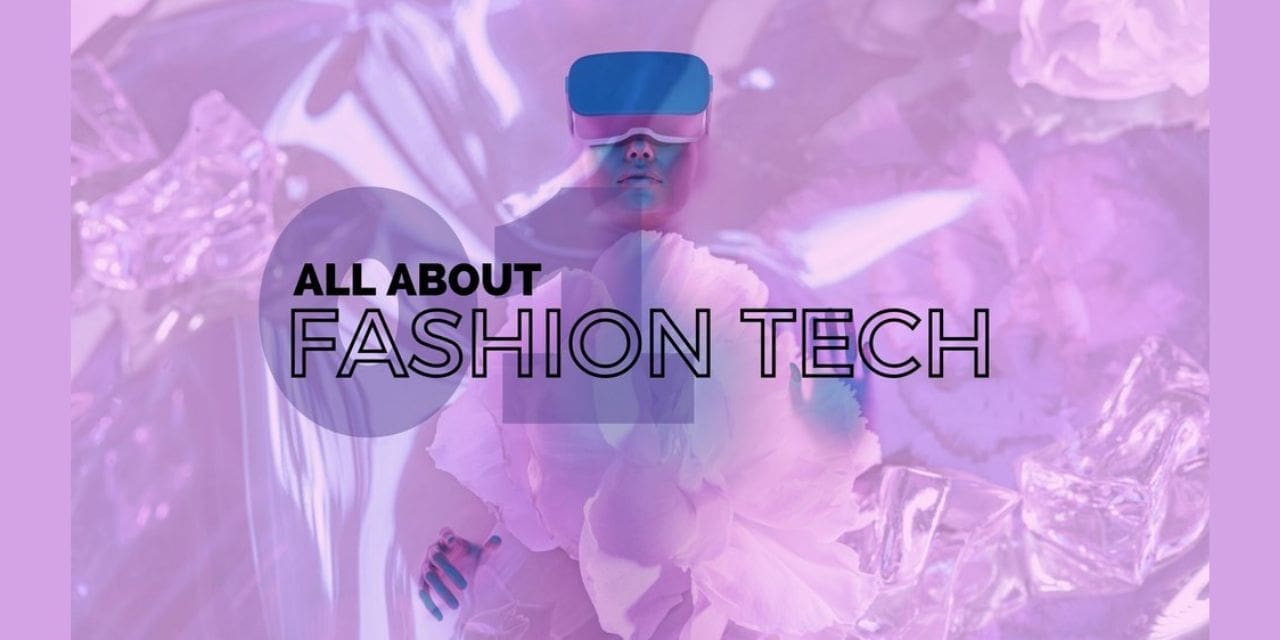The fashion industry, undoubtedly, is one of the largest industries in the world that is expected to rack up to $3.3 trillion by 2030. It goes without saying that the industry has taken the spotlight ever since electronics have become a daily human accessory.
However, it is interesting to note that technology has yet to affect the fashion industry with the pace
and intensity it has revolutionized other industries. But as of today, the fashion industry, at large, and fashion designers are adopting the latest technology in their fashion supply chains to cater to their hyperactive customers.
The use of technology is currently limited to the designing and production phase, however, it will
significantly overlap the realms through which consumers interact with brands. The forecast says that gadgets will become a significant part of clothing.
This means that consumers must anticipate a colossal change in the fashion industry, which brings us to the slightly nascent concept of Fashion-Tech.
What is Fashion Tech?
As the name suggests, Fashion Tech refers to the ways the technology has impacted the fashion
industry; from design and manufacture, all the way up to retail. Fashion and tech have been inextricably linked with each other since forever.
When we talk about technology in the fashion industry, it is not new. During the first industrial revolution, sewing machines were manufactured, which expanded the fashion industry. Then, the
digitalization phase enabled brands to make marketing strategies and outreach their customers through digital landscapes.
The phase of digitalization is an ongoing period, and there are numerous brands and potential designers who are yet to make the most of digitalization. However, in the future, technological intervention in the fashion industry will be extravagant as table-turning technologies, like 3D and AI, will take over the industry.
In essence, it has become inevitable for brands and solo fashion designers to employ cutting-edge technology, which begins with investing in a super-fast internet. The internet is key to unlocking all
potential that technology offers.
Therefore, choosing an internet connection, like Hughesnet has to be a top priority. With a high- end WiFi system, Hughesnet meets your specific internet needs. Moreover, its customer service is geared up to fix any problem at its earliest. Plus, Spanish customers may seek exclusive support service by contacting Hughesnet servicio al cliente en español.
Trends in Fashion Industry
1. 3D Technology
Recently, apparel and accessories designers are understanding the importance of 3D modeling
and designing. When it comes to 3D, most people think of CAD designs but it is just more than
that. 3D refers to sophisticated modeling and designing tools that can create photorealistic
versions of apparel and accessories.
3D technology offers great scope for fashion designers to experiment. For example, they can
easily go from their pen or tablet design to 3D models, which are the true reflection of their
ideas. Moreover, this technology can void catwalks and fashion weeks as designers can present
their models to audiences on social media.
Of all, the best thing about 3D technology is that it fosters sustainable fashion. This technology
may serve as a face-saver for the fashion industry, which does not have a good reputation when
it comes to reducing environmental impact.
2. 3D Printing
3D printing refers to designing and printing intricate geometric shapes and patterns. This is a
popular trend that has gained immense traction these days. 3D printing is useful for creating
short-end accessories and printing parts of embellishment, and not the whole piece of clothes.
Although clothes can be made through 3D printing, they serve a specific style statement, which
cannot be an alternative to regularly printed dresses.
3. Augmented and Virtual Reality
Since consumers prefer digital realms to search for and buy products, it is immensely important
for brands and fashion designers to use high-end tools and technology like Augmented and
Virtual Reality.
These technologies offer customers immersive and engaging experiences, tailored to their specific needs. In simple words, these technologies allow consumers to create virtual settings or virtually try products before making a transaction.
Indeed, it is an incredible advancement in the fashion industry as consumers will only purchase tried and tested products remotely. In this way, brands can attract, engage, and retain their customers, achieving their prime goals.
4. Artificial Intelligence
Recently, brands have been using AI tools to enhance the customer experience and reaching out
to cater to their needs impeccably. The brands can get accurate and real-time insights into
customers’ behavior on their webpage to make an informed decision to make and convert leads.
AI bots on websites and touchscreens at physical stores enable customers to navigate through a
brand’s products and get answers to their questions.
5. NFT
NFTs are one-of-a-kind tokens that establish the ownership of an asset. In order to ensure the
transparency and ownership of the asset, the tokens are traded safely and stored on blockchain
technology.
In fashion, NFTs can be in the form of virtual garments, digital content, and digital twins of physical creations. It is expected that NFTs on apparel and accessories will become a thing. In
fact, many top brands, like Louis Vuitton, Nars, Levi’s, Gap, Addidas, and many others have
launched NFT projects.
Bottom Line
The recent modification in the fashion industry due to technology is just the tip of the iceberg. In the coming years, so much will change, from designing, manufacturing, and retailing. Some of the exciting trends to watch out for in the coming years is the integration of AR and VR, artificial intelligence, and NFT among many others.

